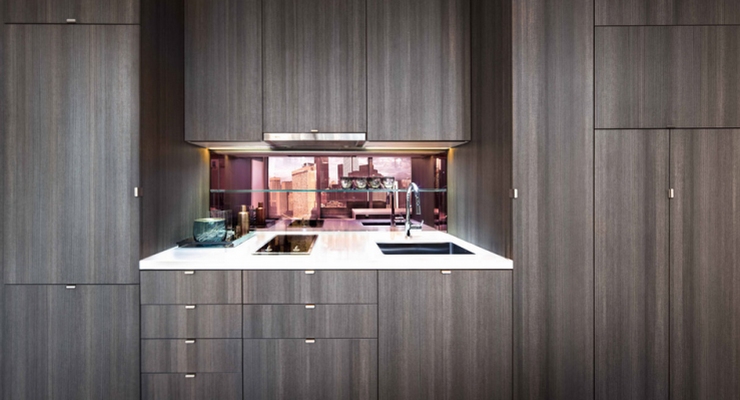TORONTO – Just about any GTA real estate agent will tell you that, when it comes to the downtown core, condominium suites seem to be getting smaller and smaller with each new high- or mid-rise development.
The movement towards embracing “micro condos” – compact suites each totaling 500 square feet or less – is nothing new for packed markets abroad such as Tokyo, where the development of “capsule apartments” began as early as 1972.
While most of the GTA’s condo communities feature studio suites that lean towards the lower end of the square-footage spectrum, it wasn’t until 2013 that local developers began focusing on pint-sized suites – and using their integrated technology as a 21st-century selling point.
Urban Capital and “Smart House”
Torontonians who frequent Queen Street West’s trendy downtown shopping strip will already be familiar with the plot that Urban Capital and Malibu Investments purchased to build Smart House: a diminutive stretch of pavement just a stone’s throw west of University Avenue.
Faced with a relatively tight development space and a surrounding building-height restriction, the builders decided to take an unusual angle by marketing small as the new cool.
“Our condos are small by design,” proclaims the project’s official web site, “And, by clever design, made to feel larger too.”
Indeed, the project’s “smart features” – ranging from retractable countertops, to optimized storage areas and convertible furniture – were all included with the goal of making one compact room into a versatile, multi-purpose living space. The developers’ innovative design paid off in a big way, netting them a coveted BILD award in May of 2014.
Millennial-focused marketing hits the target – and then some
Acknowledging that micro floorplans are unsuited to accommodating families, the marketing teams behind projects like Smart House have set their sights on a different demographic of resident: young, single professionals who long for the urban lifestyle, but lack the budget for more spacious digs.
According to a recent report by the Canadian Press’s Alexandra Posadzki, the micro suites and their millennial-targeted marketing plans are also attracting the attention of established real estate investors – who, according to Urbanation vice president Shaun Hildebrand, are bringing in rental income of “well over $3 per square foot” on suites smaller than 500 square feet.
The rest of the market, Hildebrand explained, brings in an average of between $2.50 and $2.60 per square foot.
One reason the micro condos are making more of a splash among investors, rather than first-time buyers, could be the difficulty some buyers have faced when trying to obtain a mortgage for a micro-sized first home. A representative for TD, for example, told The Star that the bank enforces a “minimum square footage requirement” (although some of those mortgage applications are approved on a case-by-case basis).
In any case, the future of Toronto micro condos – which already seem to have captured the attention of real estate professionals and big-market buyers alike – will be interesting to watch, as developers look to make the most of the limited space within the city’s downtown core.




